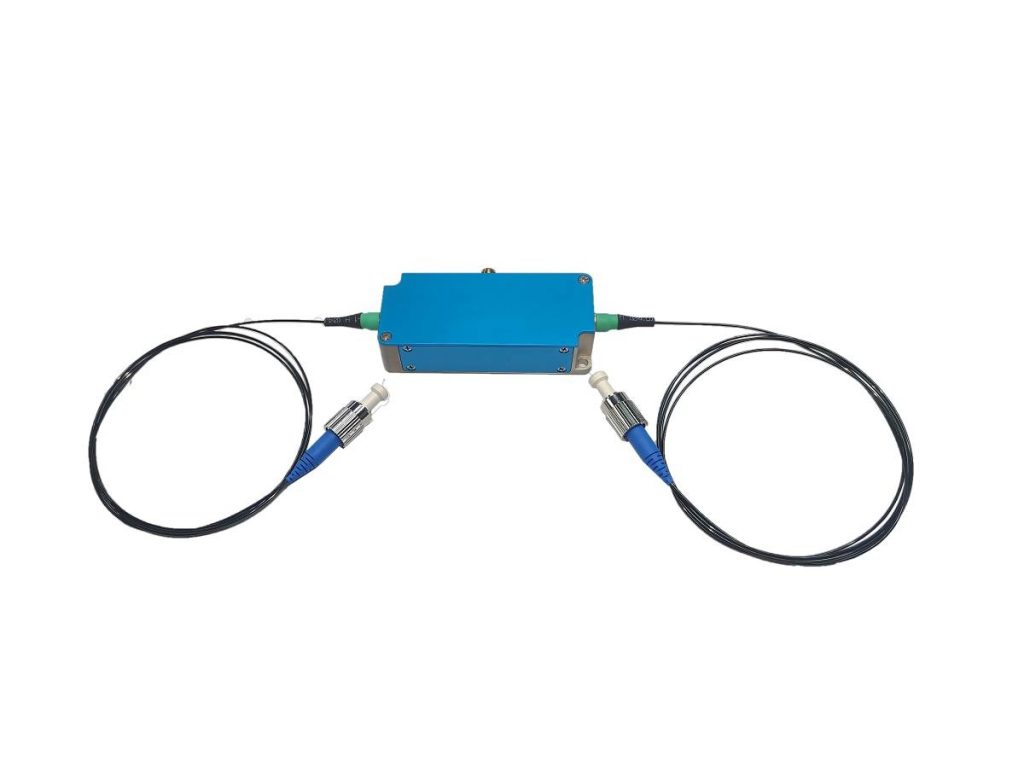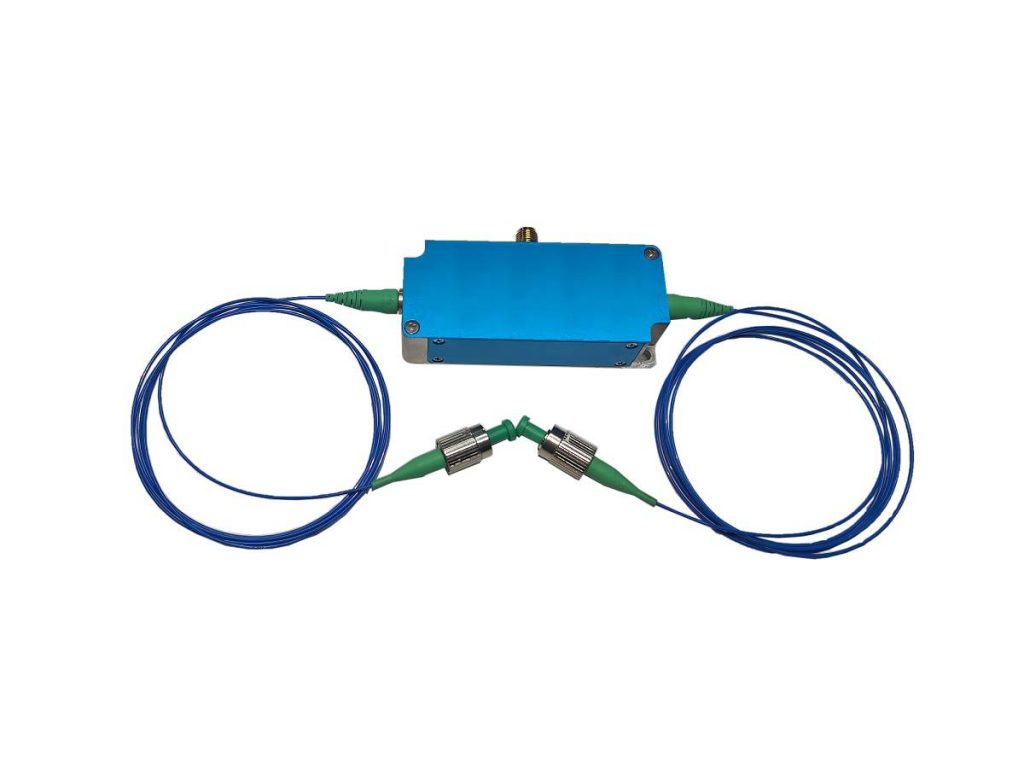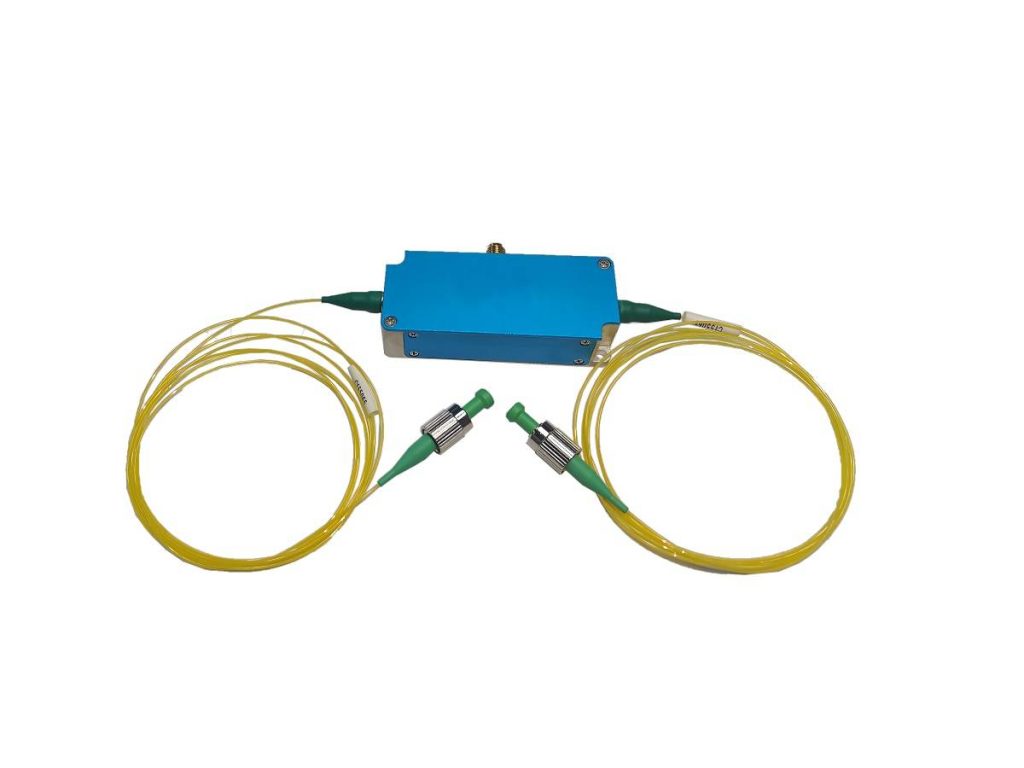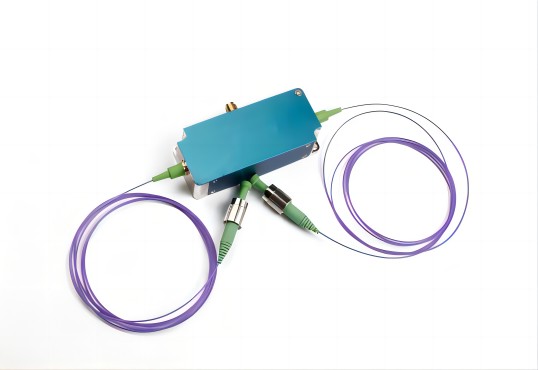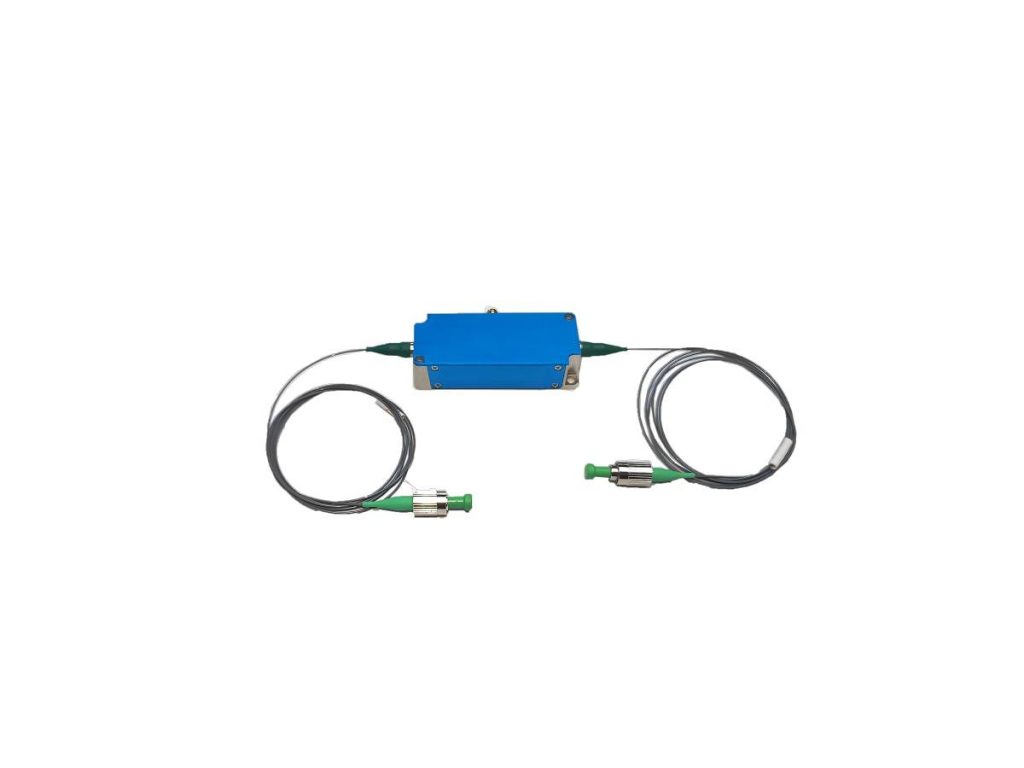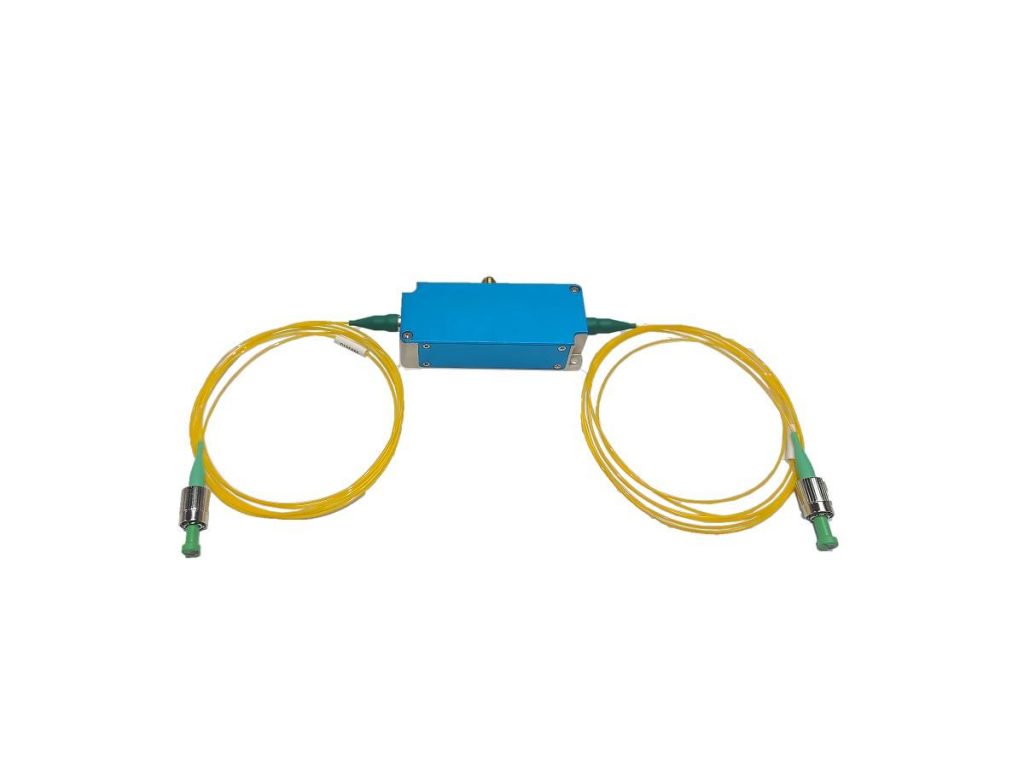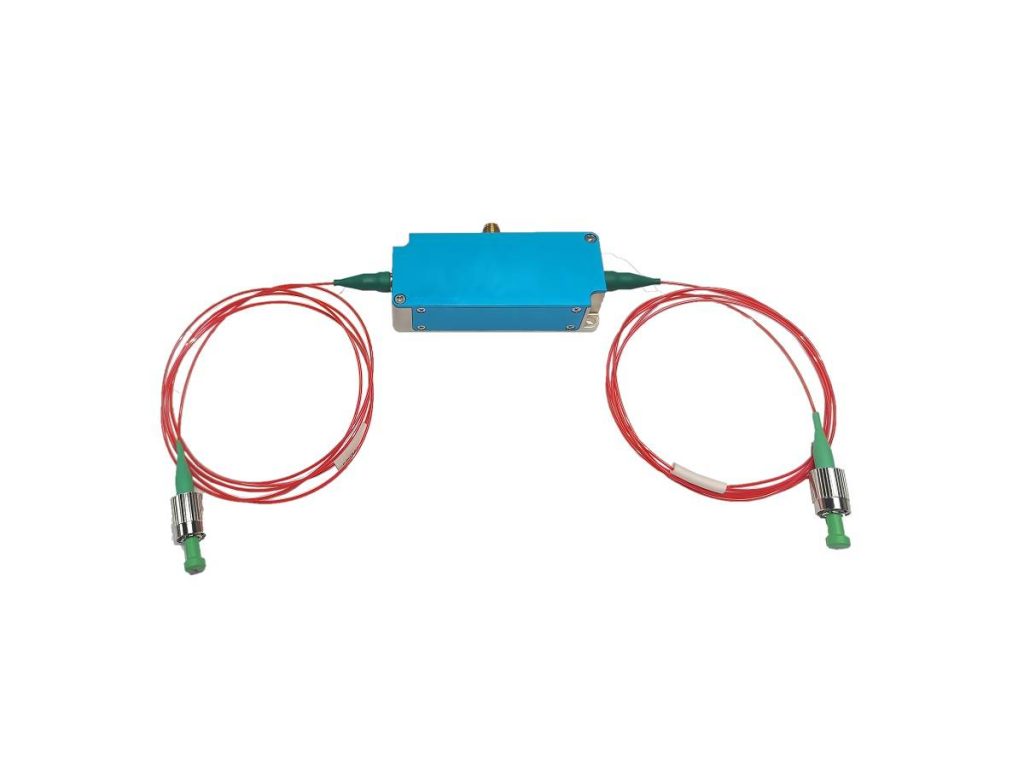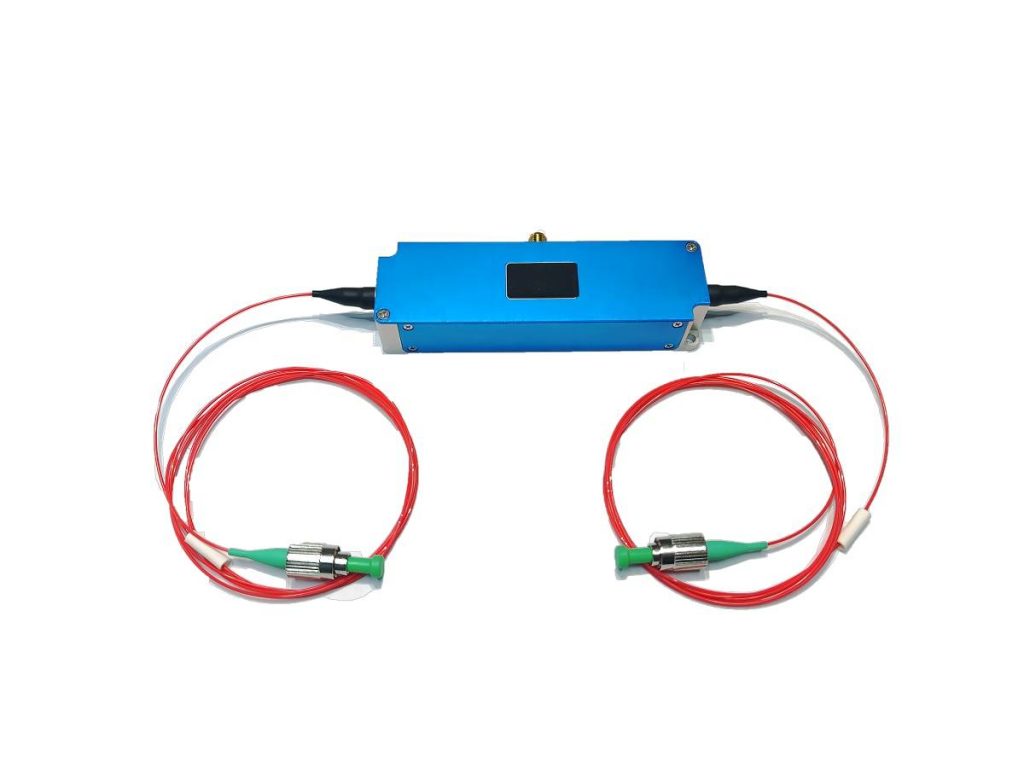5 Common Applications of Acousto Optic Modulator
Acousto-optic modulators (AOMs), also known as optoacoustic modulators, are fascinating devices that leverage the interaction between sound and light to achieve precise control over light beams. This article delves into the core functionalities of AOMs, explores their diverse applications across various fields, and sheds light on their potential for future advancements.
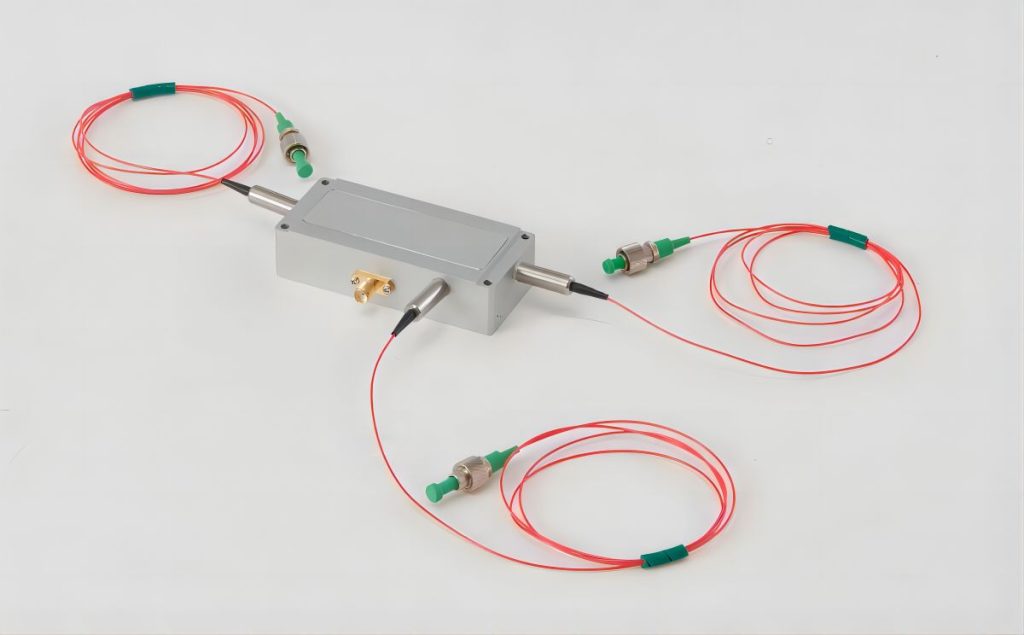
Understanding Acousto-Optic Modulators
At the heart of AOMs lies the acousto-optic effect. When sound waves propagate through a material, they cause periodic variations in the material’s density. Light encountering these density variations experiences a change in its propagation characteristics, including its direction, intensity, or frequency. AOMs exploit this effect by utilizing a piezoelectric transducer bonded to a crystal (often tellurium dioxide or lithium niobate). The transducer converts an electrical signal into sound waves that travel through the crystal, modulating the light beam passing through it.
How Acousto Optic Modulators Work?
AOMs offer a remarkable degree of control over light beams, with three key functionalities:
- Light Modulation (Amplitude and Intensity): By varying the intensity or amplitude of the electrical signal driving the transducer, AOMs can regulate the intensity of the light beam passing through them. This allows for functionalities like pulse generation, where the light beam is turned on and off rapidly, creating short bursts of light. Additionally, AOMs can be used for encoding information onto a light beam by modulating its intensity according to a digital signal.
- Light Deflection and Beam Steering: AOMs possess the capability to deflect light beams. By controlling the frequency and direction of the sound wave within the crystal, the AOM can steer the light beam in a specific direction. This functionality has numerous applications, including laser displays where the AOM rapidly scans a light beam to create an image, and optical switching where the AOM directs a light beam down different paths depending on the control signal.
- Light Frequency Shifting: AOMs can introduce a controlled shift in the frequency of the light beam. This is achieved by carefully tailoring the characteristics of the sound wave within the crystal. Frequency shifting plays a crucial role in various applications, such as spectroscopy where specific wavelengths of light are selected for analysis, and Doppler velocimetry where the change in light frequency caused by a moving object is measured.
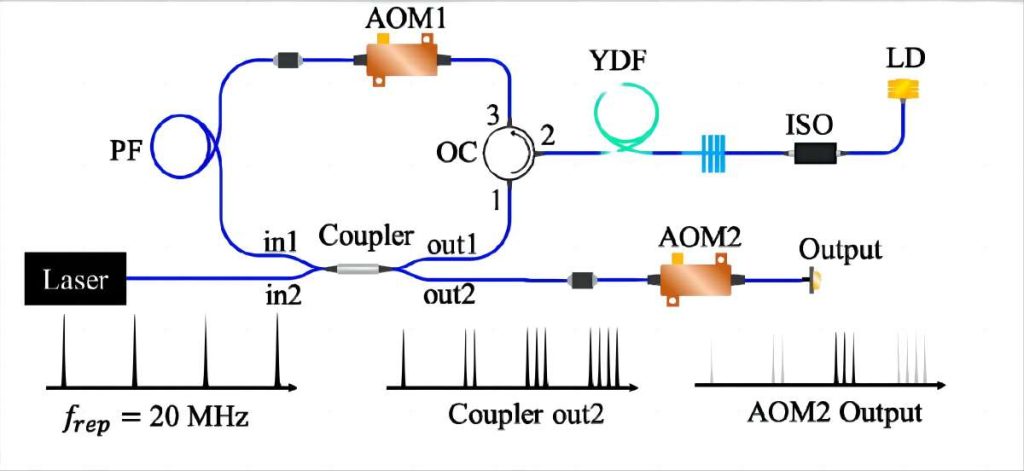
Applications of AOMs in Various Fields
Acousto-optic modulators (AOMs) are employed in a wide range of scientific and technological fields due to their ability to manipulate light with exceptional precision. Here’s a closer look at some of their key applications:
1. Lasers
- Q-switching: In high-power lasers, AOMs are used for a technique called Q-switching. They function as a fast shutter, initially blocking the laser cavity entirely. When a short electrical pulse is applied to the transducer bonded to the crystal, the AOM allows a brief burst of light to pass through for a controlled duration. This triggers the laser to release a single, high-power pulse of light.
- Mode-locking: AOMs also play a role in mode-locking lasers. In a laser, multiple light modes (colors) can exist simultaneously. Mode-locking forces these modes to operate in sync, resulting in ultrashort laser pulses with specific characteristics. This technique finds applications in areas like ultrafast spectroscopy (studying extremely fast processes) and advanced material processing.
2. Telecommunications
- Amplitude Modulation: Within fiber optic communication systems, AOMs can be used to modulate data signals onto a light carrier through a process called amplitude modulation. This involves varying the intensity of the light beam according to the data being transmitted. By doing so, information can be efficiently carried over long distances through optical fibers.
- Pulse Shaping: AOMs are also employed for pulse shaping in telecommunication systems. The shape of the transmitted light pulses can significantly impact their transmission characteristics. By manipulating the pulse shape using an AOM, engineers can optimize these characteristics to minimize signal distortion over long distances, ensuring clear and reliable data transmission.
3. Spectroscopy
- Tunable Filters: AOMs serve as tunable filters in spectroscopic instruments, which are used to analyze the chemical composition of a sample by studying the light it interacts with. By precisely controlling the frequency of the sound wave within the AOM crystal, scientists can selectively allow specific wavelengths of light to pass through. This allows for the analysis of specific components within a sample, aiding in material identification and characterization.
- Doppler Velocimetry: AOMs play a crucial role in Doppler velocimetry, a technique for measuring the velocity of objects. Here, an AOM shifts the frequency of a laser beam before it interacts with the moving object. As the light interacts with the object, the Doppler effect causes a shift in the light’s frequency. By measuring this shift, scientists can determine the object’s velocity.
4. Material Processing
- Laser Beam Deflection: AOMs are instrumental in laser-based material processing applications. They can rapidly deflect the laser beam with high precision, allowing for controlled cutting or drilling paths. This enables the creation of intricate designs on various materials, facilitating precise laser machining and microfabrication.
- Pulse Shaping: As mentioned earlier, AOMs can be used for pulse shaping, which is also crucial in material processing. By controlling the duration and intensity profile of the laser pulse using an AOM, engineers can achieve precise control over the depth and quality of laser ablation (removal of material). This allows for processes like laser cutting and engraving to be performed with high accuracy and minimal damage to the surrounding material.
5. Optical Metrology:
- Light Modulation: AOMs are valuable tools in optical metrology, the science of precise measurement using light. By modulating the intensity of a light beam, AOMs can be used in interferometry, a technique for measuring distances with incredibly high accuracy. One specific application is phase-shifting interferometry, a variation that offers even greater sensitivity for distance measurements.
- Beam Steering: The ability of AOMs to steer light beams proves beneficial in optical metrology for alignment and positioning tasks. By precisely controlling the direction of the light beam, AOMs can be used to accurately align optical components within a measurement setup or position a laser beam on a specific target for analysis.
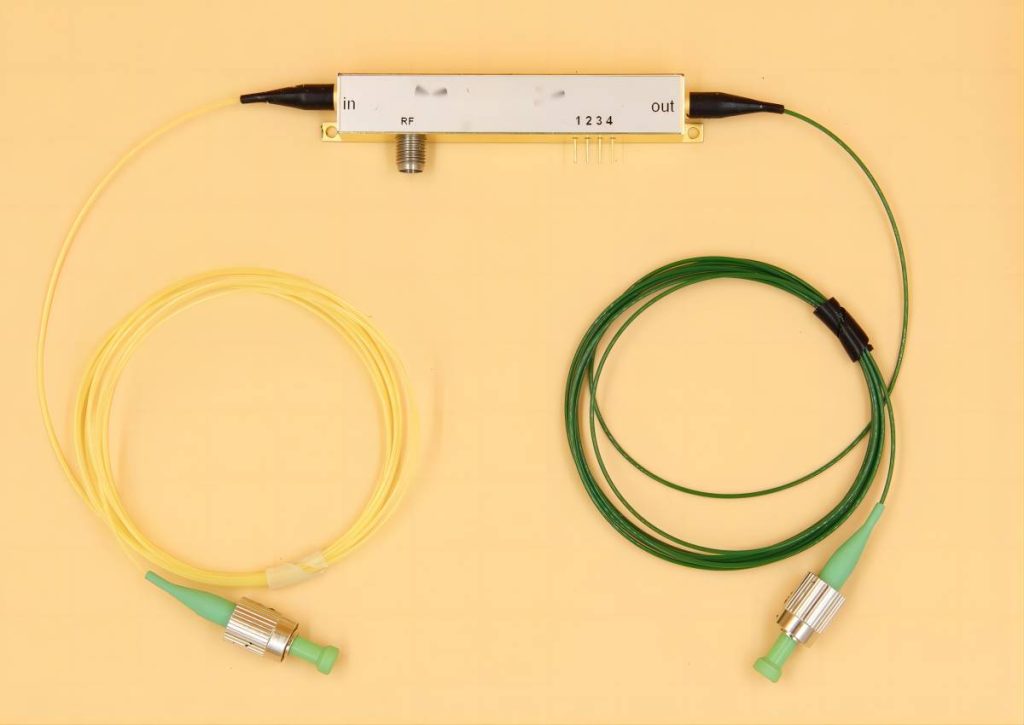
In conclusion, acousto-optic modulators are remarkably versatile devices that offer exceptional control over light. From enabling high-power laser operation to shaping signals for telecommunications, AOMs find applications in diverse scientific and technological fields. With ongoing research pushing the boundaries of their capabilities, AOMs are poised to play an even more significant role in shaping the future of photonics.
If you’re interested in learning more about AOMs and how they can benefit your specific applications, please contact us.

